We're thrilled to share that the full session lineup for the 2025 Great Game of Business Conference is now live! Featuring seven key Learning Tracks, this year's agenda tackles the biggest challenges faced by leaders and employees today—from retaining top talent to strategically deploying AI. Here's your guide to getting the most out of this event:
Read More
Finding positive employee retention strategies that work for your company is a major undertaking this year. It’s critical that business leaders establish the right strategies in place to deter turnover, encourage productivity, and retain top-quality talent. One of the best ways to achieve this is with open-book methodologies. This post will cover six powerful ways to create your retention strategy and how the Great Game™ methodology helps to achieve successful outcomes in this regard. 1. Purpose 2. Leadership 3. Communication 4. Culture 5. Compensation 6. Evaluation
Read More
Tight on the heels of the Great Resignation comes another economic trend: quiet quitting. Many who aren’t choosing to leave their jobs for better opportunities are staying put but distancing themselves from excessive work-related duties (AKA, quiet quitting).
Read More
Companies that profit share with employees are becoming more and more popular. We had Great Game™ Certified Coach Anne-Claire Broughton on our podcast to share her expertise on the different forms of employee ownership. She discusses the benefits of employee ownership, initiatives her clients are using to provide financial literacy training to employees, and how to engage employees in a way that makes work fun and builds a better workplace culture in an employee-owned company.
Read More
Historically, businesses using traditional management styles have been reluctant to give all their employees the knowledge they need to make good business decisions day in and day out as they do their jobs. Open-book management takes a much different approach. It’s all about capturing and sharing both financial and organizational knowledge with every employee and empowering them to use that knowledge to contribute to the long-term success of the organization, as well as their personal success.
Read More
It feels like we’re on some kind of crazy rollercoaster ride. One day we’re riding high, and then, whoosh, we’re hit with school closings and absenteeism due to Covid, shortages of parts, and, heck, even a big ice and snowstorm to contend with. You get to the point where you think you might be too tired to duck from the next punch headed your way. When you add that we were also trying to close out our fiscal year on January 31 amidst all those challenges, it could have been enough just to wave the white flag and surrender. As anyone involved in balancing your books at year-end knows, it can be a royal pain. The pain is only made worse when you put off things during the year because of those challenges you’re forced to deal with. For example, if you ran into a supply chain logjam, you might be forced to place an emergency order—and pay a significant premium for it—which then impacts your cost and pricing structure. Or maybe you couldn’t collect on your receivables because of paperwork errors or maybe because someone was out sick. Have you seen what shipping containers cost these days? That means you wouldn’t get the cash you expected, which is the last place you ever want to be.
Read More
Things were looking up there for a while, weren’t they? At least the long-term forecasts still look strong. But this omicron variant is causing us to tear our hair out, worrying about the health and safety of our people (let alone our loved ones at home). Just this past week, we saw 82 of our associates call in sick—that’s 5% of our company. Just as bad, something like 8% of our company has tested positive for the virus in January. Then, we got hit with the news that our school system was shutting down for a week or more because of the incredible wave of infections ripping through our community. That means we have parents forced to stay home or find childcare options at the last minute, which just puts enormous stress on everyone.
Read More
A company owner asks employees what he can do to make their work easier. The employees come up with the idea of providing mobile hotspots for employees who spend a lot of their time traveling. The owner, who is grateful to the team and what they do for the company, does the research and gets a cost for the hotspots and mentions it during their weekly huddle. The employees speak up and decline the hotspots saying it cost the company too much money and wasn’t worth the investment, but they thank the owner for being willing to support them.
Read More
Markets shift, economies surge and ebb, and leadership changes. But basic human needs haven't changed. These are what motivate and drive employees to perform at their highest level, impacting everything from self-reported job satisfaction to workforce productivity. What are these motivators? Why do they matter? What effect does motivation have on the short and long-term success of an organization? The following are some thought-provoking ideas to increase employee engagement.
Read More
The New Year is off and running. If your business is anything like ours, you’ve got your hands full. The good news is that we’ve begun to see some progress in overcoming the shortages in parts and people we’ve been struggling with ever since the pandemic hit us in March 2020. Getting our supply chain straightened out while also finding ways to recruit new people (and retain our existing associates) has helped us get back on track with our annual plan. In fact, our team has been remarkably consistent in the accuracy of our forecasts. (We’ll see how accurate when we close out our fiscal year at the end of January.) We’re also leaving far less potential business on the table due to the easing of those constraints, which bodes well for our growth heading into 2022. When I talk to other business owners and executives, I hear similar good news. It’s pretty common to hear that 2021 was a record year for many of them. That’s led to a lot of optimism as people looked to 2022.
Read More

.png)

.png)

.png)
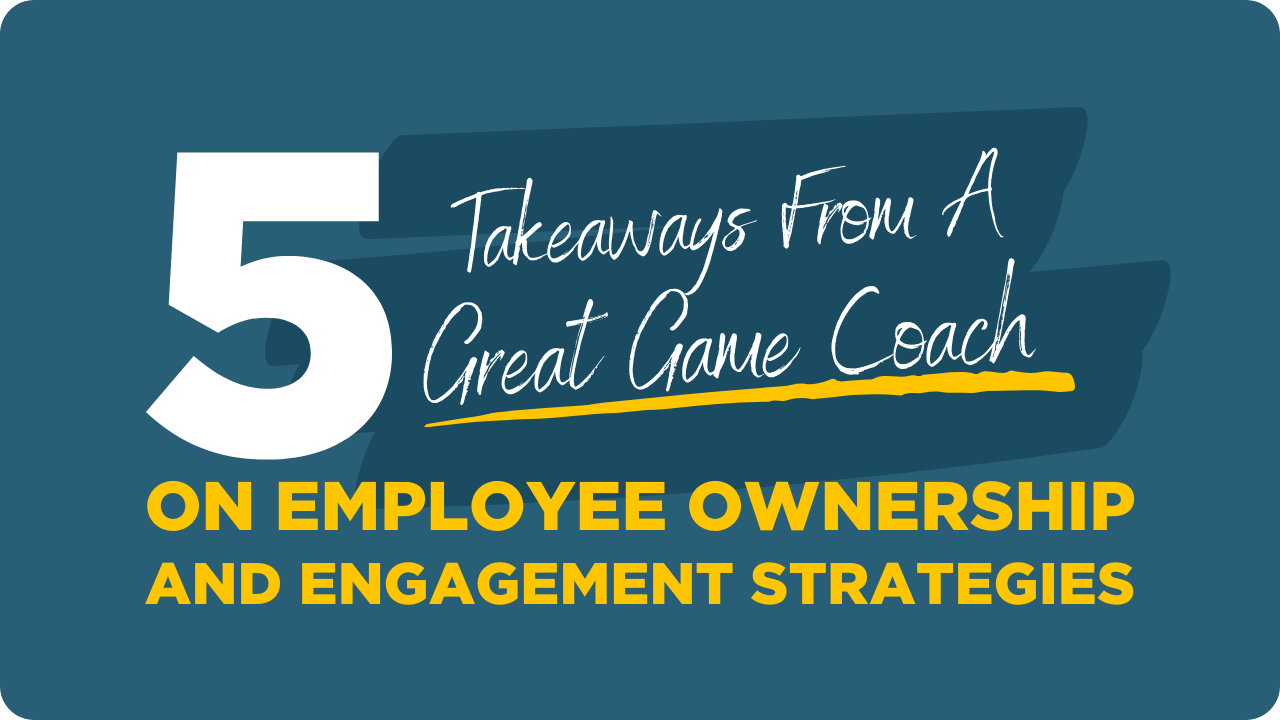
.png)
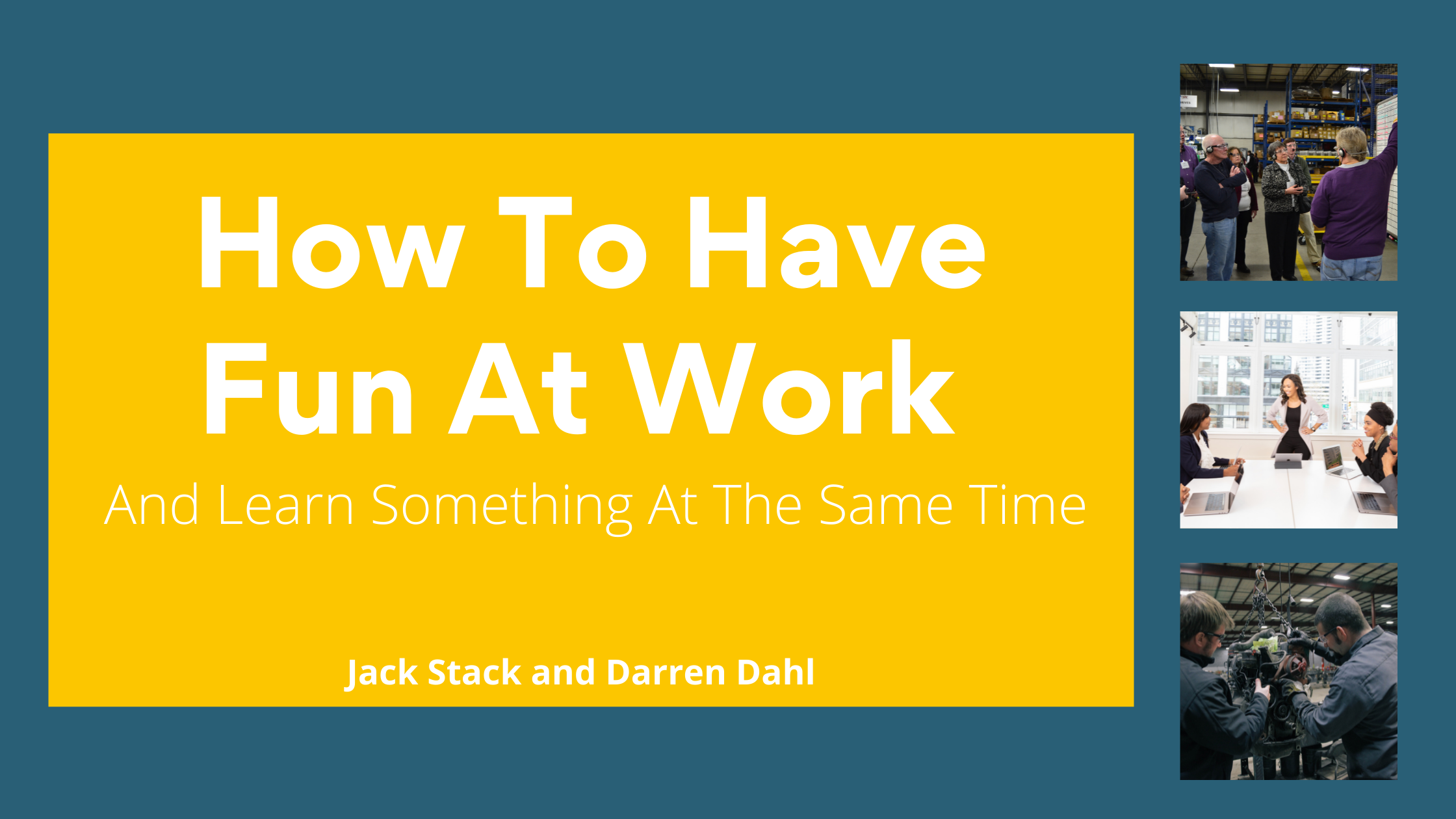
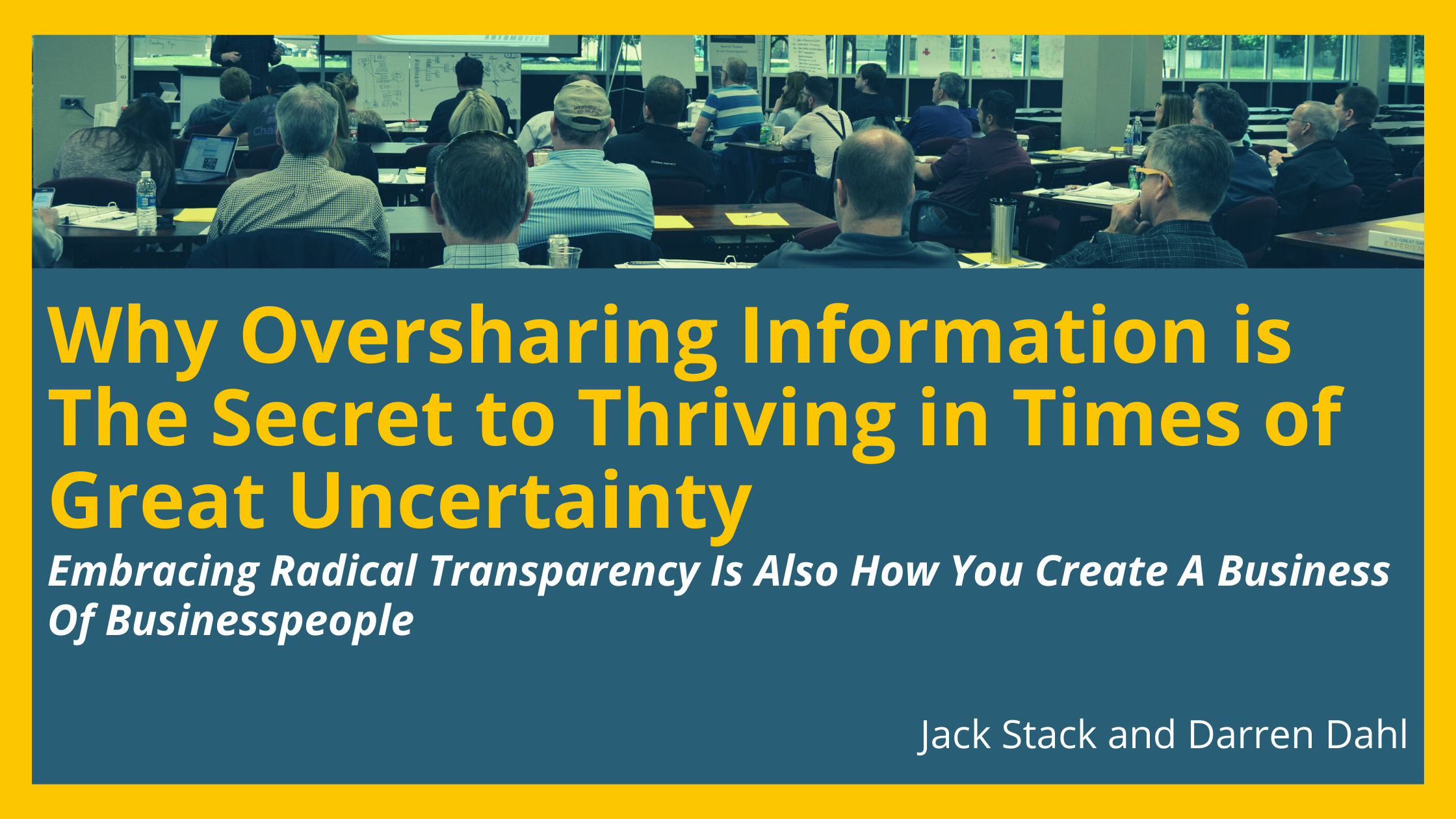
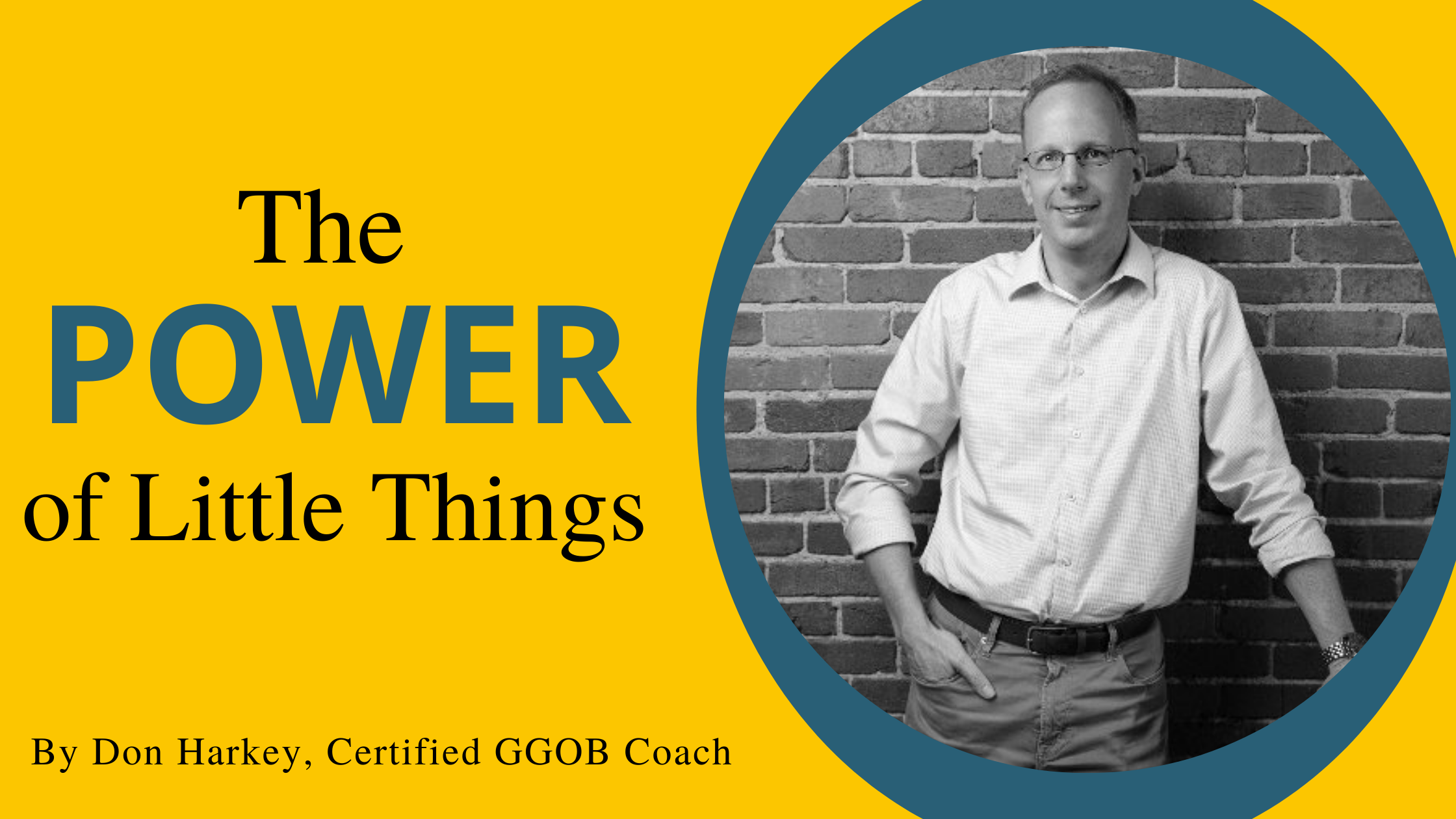
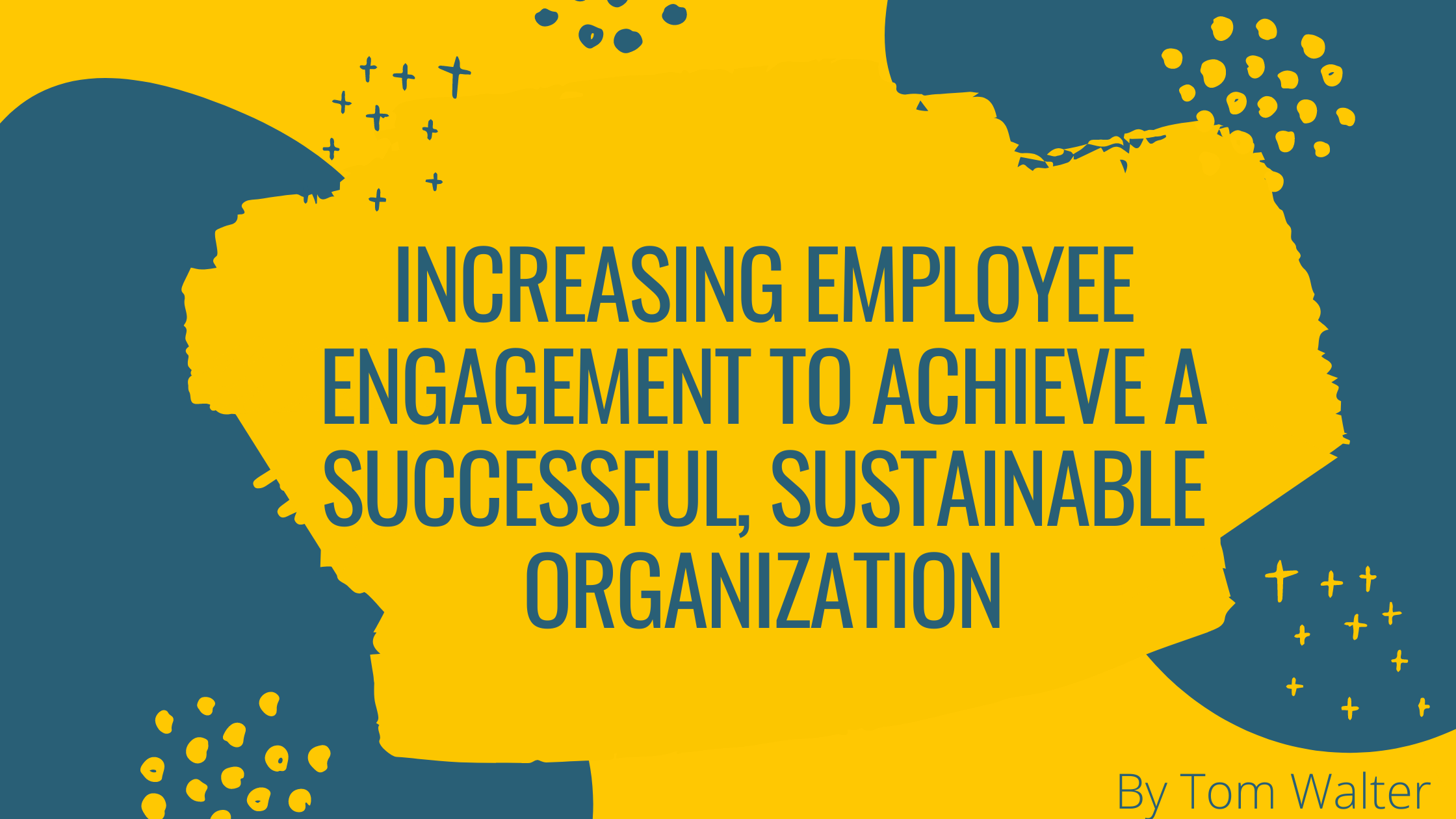




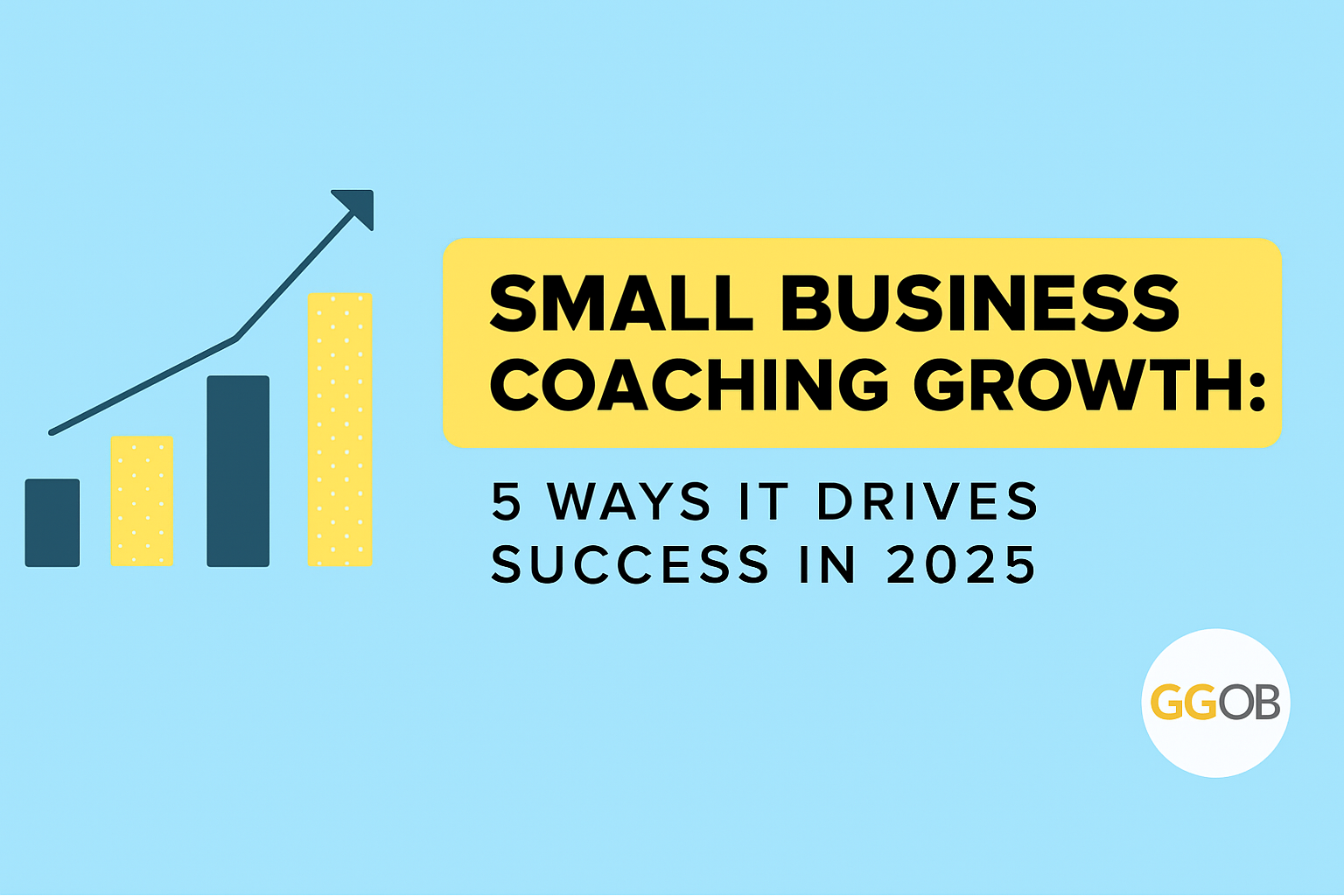
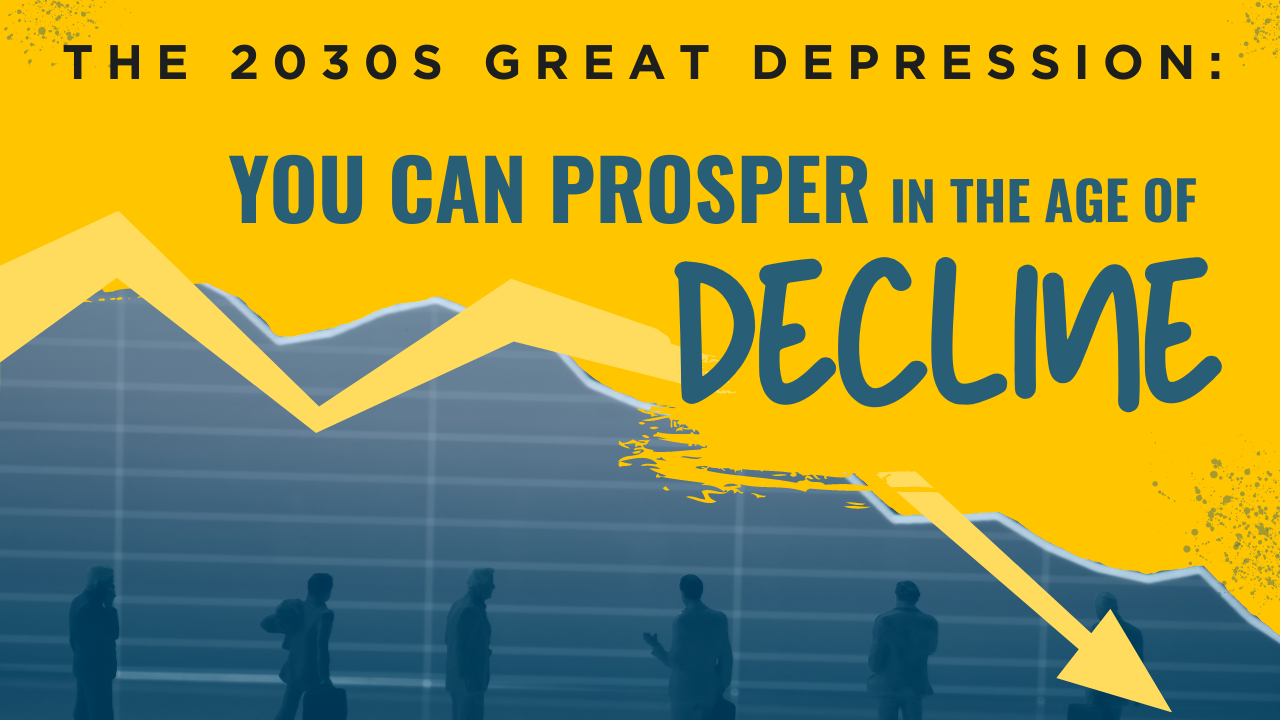



-5.png)

